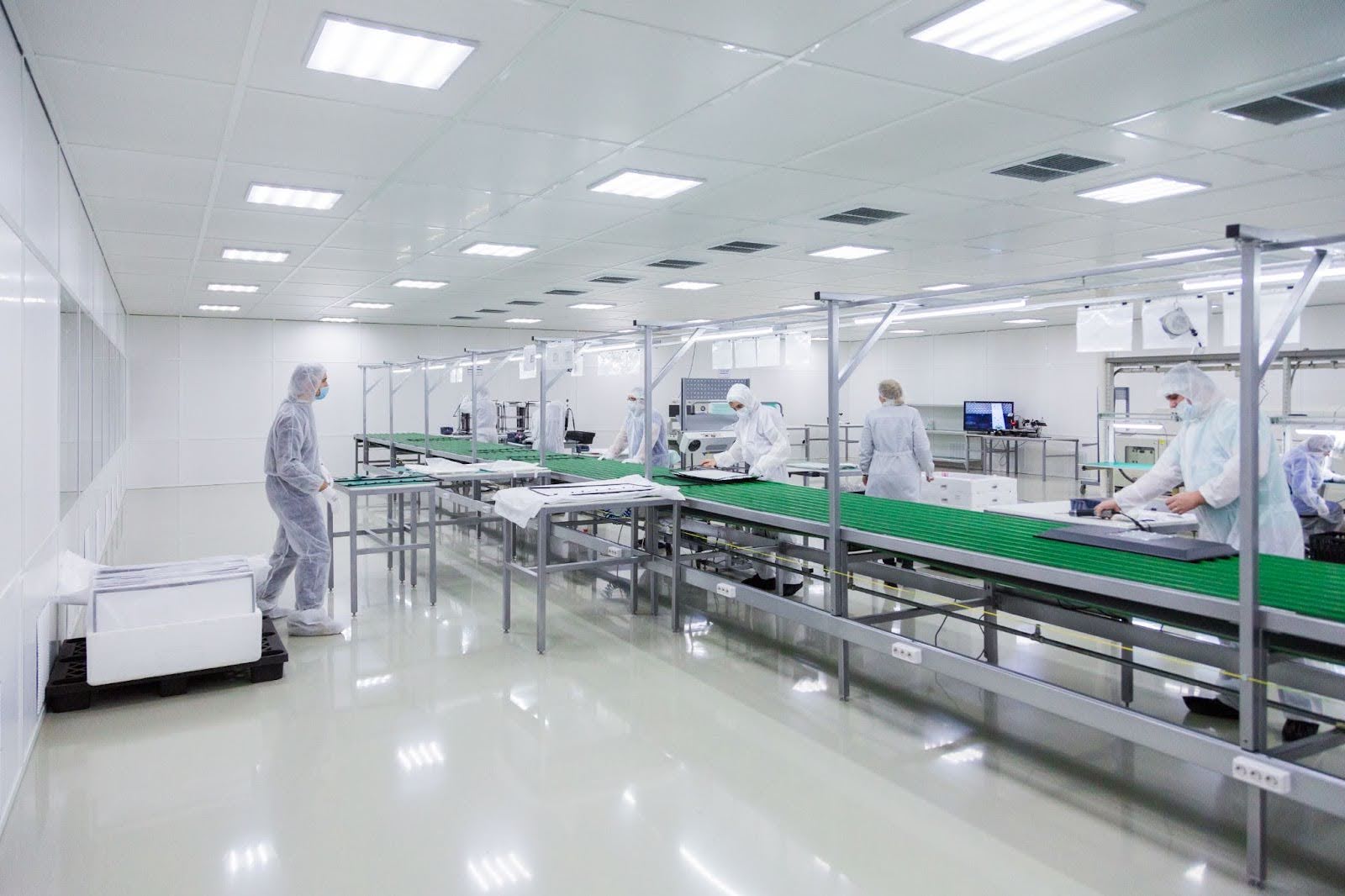by Mrudula Kulkarni
7 minutes
Setting EM Alert & Action Levels (Grades A–D): A Practical Guide for Pharma Professionals
Understand alert and action levels in cleanroom monitoring. Learn how to set limits for Grades A–D to ensure compliance and patient safety.

Cleanrooms are the beating heart of pharmaceutical manufacturing. But even the most advanced facilities face an invisible enemy: microbial and particulate contamination. That’s where Environmental Monitoring (EM) alert and action levels come in.
They act like an early warning system—helping teams identify issues before they turn into deviations or, worse, product recalls. Understanding how different monitoring methods such as active air vs settle vs contact plates work provides a foundation for setting realistic EM alert and action levels.
In this blog, we’ll break down how to set alert and action levels across Grades A–D, why they matter, and how you can use them to strengthen compliance, patient safety, and operational excellence.
What Are Alert & Action Levels in Environmental Monitoring?
- Alert Level: A threshold that signals a potential drift in the cleanroom environment. It doesn’t mean failure—but it does mean “pay attention.”
- Action Level: A threshold that indicates a true excursion and requires immediate investigation and
Think of Alert Levels as the “check engine light,” while Action Levels are the “pull over and fix it now” warning. The USP <1116> alert and action levels further explain how microbial data should be interpreted in risk-based cleanroom monitoring.
EM Limits by Cleanroom Grades (A–D)
According to EU GMP Annex 1 (2022 update), here are the microbial limits typically applied:
⚠️ Note: These are reference values; companies must establish site-specific alert and action levels based on historical trending and risk assessment.
Aligning thresholds with ISO 14644 cleanroom classifications ensures compliance with global cleanroom standards.
Checklist: How to Set Alert & Action Levels
Here’s a quick practical checklist for pharma professionals:
- Collect Baseline Data – Use at least 6–12 months of EM data for each room/classification.
- Trend Analysis – Plot historical CFU counts to see natural process variability.
- Set Statistical Limits – Alert levels often at 75th–95th percentile, Action levels at regulatory maximum or historical extreme.
- Differentiate by Location – Higher stringency for critical zones (Grade A/B).
- Review Regularly – Re-evaluate levels annually or after major changes (HVAC, layout, cleaning).
- Train Personnel – Everyone should know what hitting an alert or action level means.
Why Setting the Right Levels Matters?
- Patient Safety: Prevents contaminated batches from reaching patients.
- Regulatory Compliance: Aligns with EU GMP Annex 1, USP <1116>, FDA Guidance.
- Operational Efficiency: Early warnings save time, money, and avoid costly investigations.
- Quality Culture: Promotes proactive—not reactive—pharma quality systems.
📌 Common Mistakes in EM Level Setting
Copying values from another site without local trending
Treating alert and action levels as static instead of dynamic
Ignoring human factors (operator gowning, behavior)
Delaying the investigation until after repeated excursions
Effective investigations of EM excursions prevent small deviations from escalating into systemic compliance issues.
Final Thoughts
For pharma professionals, alert and action levels are more than just numbers in a table—they’re an essential part of a risk-based quality system. By tailoring levels to your cleanroom, trending data intelligently, and responding proactively, you can ensure your facility stays compliant while safeguarding patient health.
A structured approach to designing an environmental monitoring program ensures that alert and action levels are integrated with site-specific risk assessments.
When it comes to EM in Grades A–D, the goal is simple: detect early, act fast, and protect patients. The Annex 1 contamination control strategy reinforces this principle by requiring holistic, documented control across cleanroom operations.
FAQs
1. What’s the main difference between an alert and an action level?
- Alert = Early warning; Action = Investigation and CAPA required.
2. How often should alert/action levels be reviewed?
At least once a year, or after significant facility/process changes.
3. Can action levels ever be stricter than Annex 1 values?
Yes—if your historical data supports tighter control. Regulators encourage being stricter than the minimum.
4. Do alert/action levels apply equally to air and surfaces?
Yes, but thresholds differ. Air = higher volume monitoring, surfaces = direct contamination risk.
5. Who is responsible for responding to EM excursions?
The Quality Unit (QA/QC) leads, but operations, engineering, and microbiology teams must all be involved.




